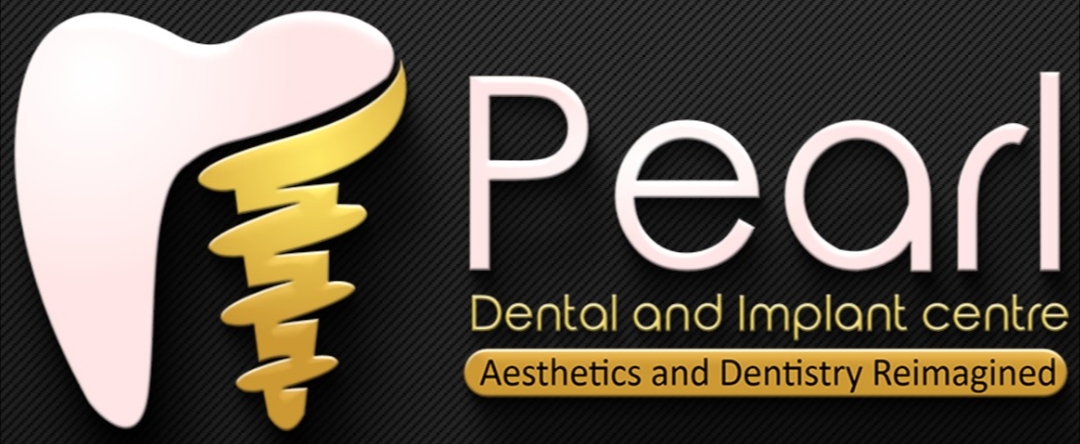Bridges and Crowns: Key Solutions for a Healthy, Beautiful Smile
When it comes to restoring damaged or missing teeth, bridges and crowns are effective dental solutions that can enhance both function and appearance. Understanding how these treatments work can help you make informed decisions about your dental health.
What Are Bridges?
A dental bridge is a prosthetic device used to replace one or more missing teeth. It consists of a false tooth (or teeth) anchored by crowns on the adjacent teeth or implants. The primary types of bridges include:
- Traditional Bridges: These use crowns on the teeth adjacent to the gap and a false tooth in between.
- Cantilever Bridges: Used when there are adjacent teeth on only one side of the gap.
- Maryland Bridges: These have a metal or porcelain framework that is bonded to the back of the adjacent teeth.
Benefits of Bridges:
- Restores Function: Bridges help in chewing and speaking properly.
- Improves Appearance: They fill gaps and enhance the overall look of your smile.
- Prevents Shifting: Bridges prevent remaining teeth from shifting out of position.
What Are Crowns?
Dental crowns, also known as caps, are coverings placed over a tooth to restore its shape, size, strength, and appearance. Crowns can be made from various materials, including metal, porcelain, or a combination of both. They are commonly used in the following situations:
- After Root Canal Therapy: To protect and strengthen a tooth that has undergone a root canal.
- To Restore Damaged Teeth: To cover teeth that are broken, severely worn, or misshapen.
- For Cosmetic Improvement: To enhance the appearance of discolored or irregularly shaped teeth.
Benefits of Crowns:
- Durable Protection: Crowns strengthen and protect weakened or damaged teeth.
- Natural Appearance: They can be matched to the color of your natural teeth for a seamless look.
- Improved Function: Crowns restore normal tooth function, including chewing and speaking.
The Procedure for Bridges and Crowns
- Consultation: Your dentist will examine your teeth and discuss the best option for your needs, taking X-rays or impressions as necessary.
- Preparation: For crowns, the affected tooth is filed down to make room for the crown. For bridges, adjacent teeth are prepared for crowns to support the bridge.
- Impressions: Custom impressions are taken to ensure a perfect fit for the crown or bridge.
- Placement: A temporary crown or bridge may be placed while the permanent one is being made. Once ready, the permanent crown or bridge is cemented into place.
Care and Maintenance
- Oral Hygiene: Maintain good oral hygiene by brushing and flossing daily to prevent decay around the bridge or crown.
- Regular Check-ups: Visit your dentist regularly to ensure that the bridge or crown is in good condition.
- Avoid Hard Foods: Be cautious with hard or sticky foods that could damage the bridge or crown.
When to See a Dentist
If you experience any issues with your bridge or crown, such as discomfort, loosening, or visible damage, consult your dentist promptly to address any problems and ensure proper function and fit.
Conclusion
Bridges and crowns are valuable dental treatments that restore missing or damaged teeth, enhancing both function and appearance. By understanding these solutions, you can make informed decisions about your dental care and maintain a healthy, beautiful smile. If you have concerns about your teeth or are considering these treatments, consult with your dentist for personalized advice and care.
